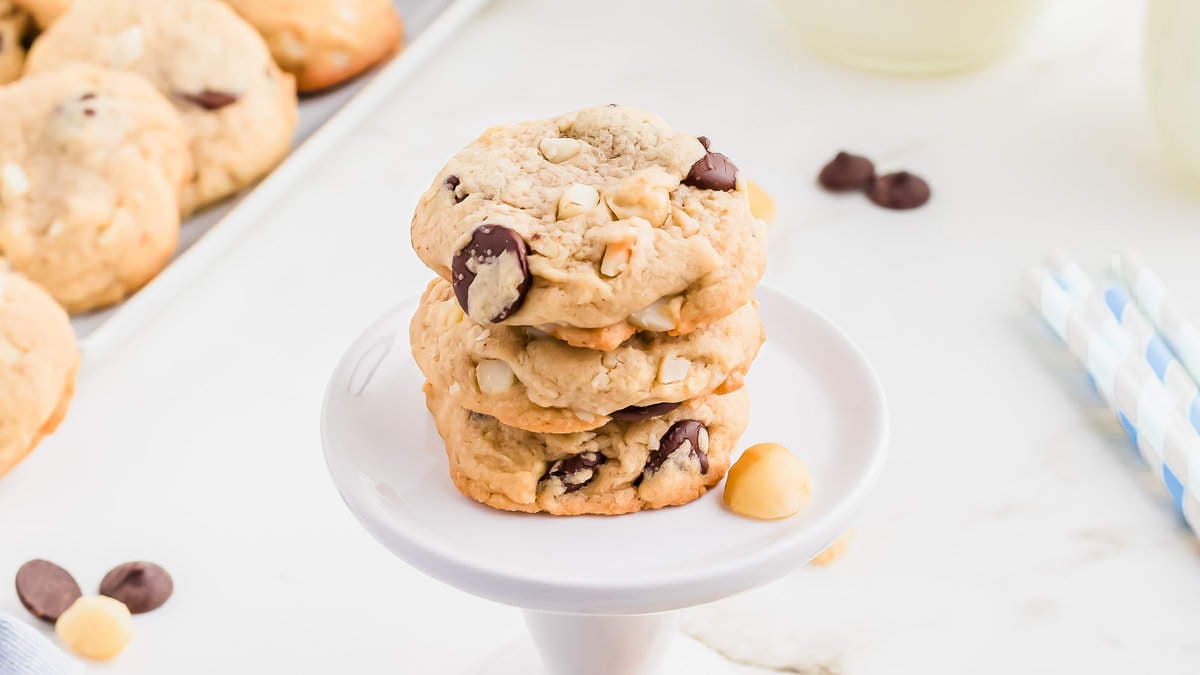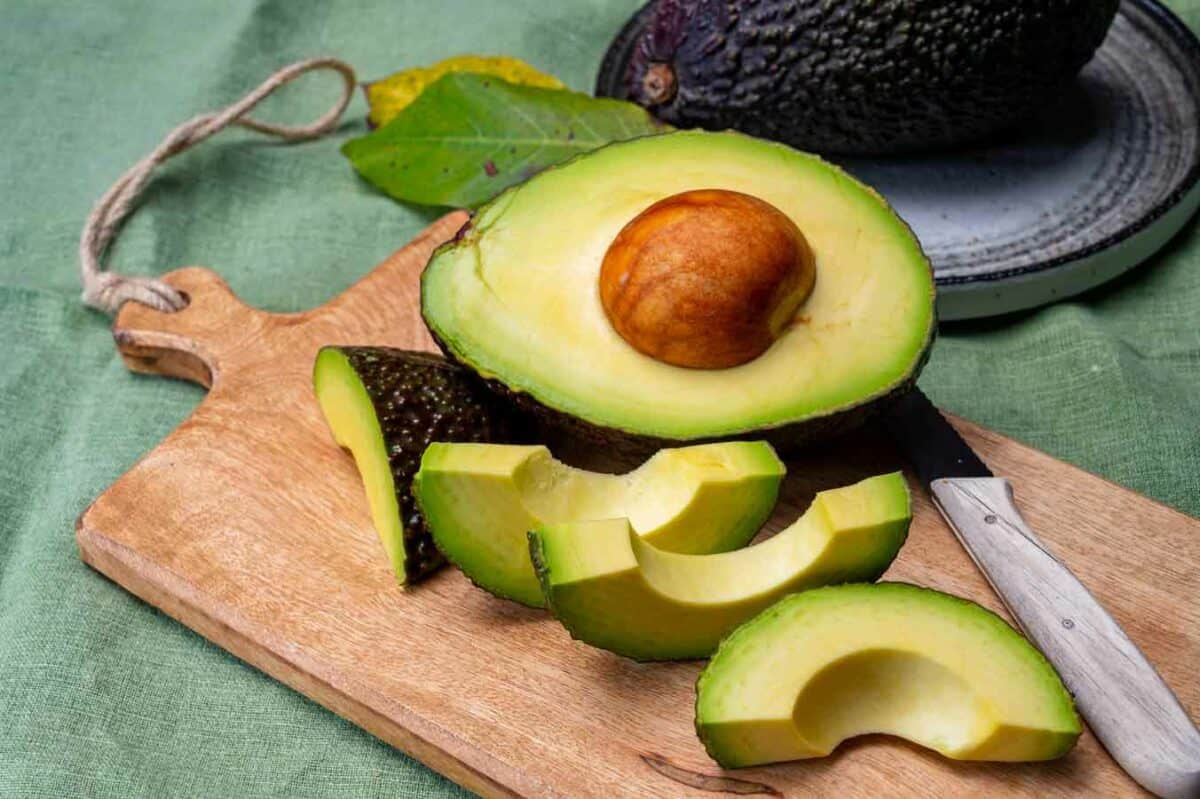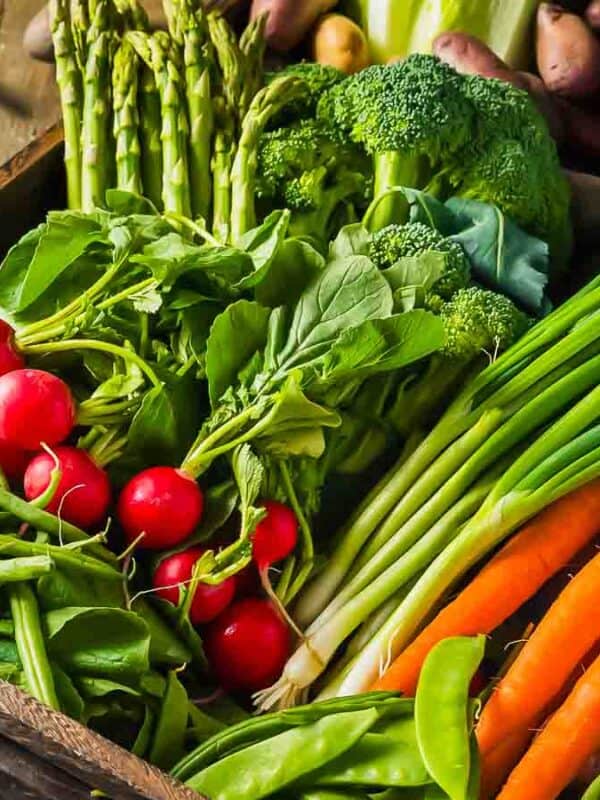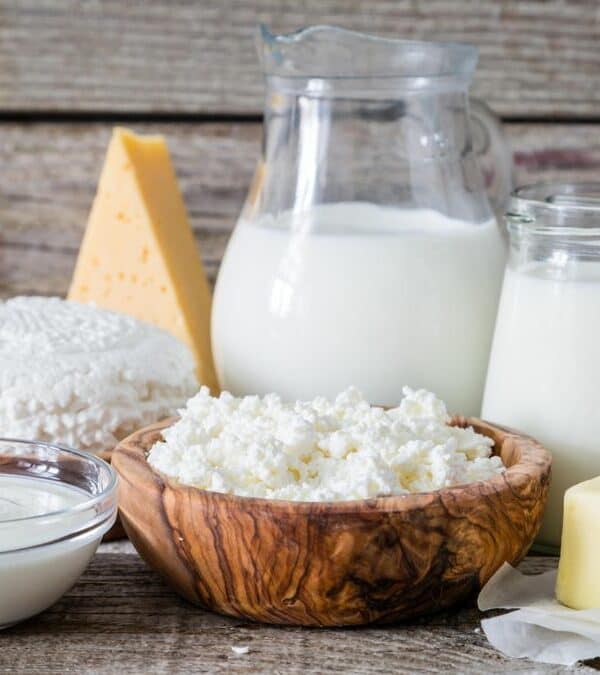Ever tossed something in the fridge, just because it seems like the safe thing to do? You might be surprised to learn that not everything benefits from the cold embrace of your refrigerator. In fact, there are quite a few foods that would rather stay at room temperature, thank you very much. Let’s take a look at 15 common kitchen staples you’ve been chilling, but really shouldn’t be.

Potatoes

The chilly environment of a refrigerator turns the starch in potatoes into sugar more rapidly, which can alter their taste and texture, making them unpleasantly sweet and gritty. Instead, store them in a cool, dark, and well-ventilated place like a pantry.
Onions

Onions need air circulation to stay fresh, and the dampness in a fridge can make them soft and moldy. Instead, store them in a cool, dry, well-ventilated area. Keep them away from potatoes, as they can make each other spoil faster.
Tomatoes

Keeping tomatoes in the fridge results in a loss of their characteristic texture and flavor. The cold air stops the ripening process, leading to a mealy texture and diminished taste. It’s best to store them on the countertop, away from direct sunlight.
Melon

Storing whole melons like watermelons, cantaloupes, and honeydews in the fridge can lead to a reduction in antioxidants and flavor. Room temperature is ideal until they’re cut. After cutting, refrigerate the slices.
Honey

Refrigeration can cause honey to crystallize and become almost dough-like in texture, making it difficult to pour or spread. Honey naturally resists spoilage, so it’s best kept at room temperature.
Chocolate

Refrigeration can cause chocolate to develop a white coating called chocolate bloom, due to sugar crystals forming on the surface. It’s best stored in a cool, dark place.
Garlic

Like onions, garlic prefers a ventilated space and can become rubbery and moldy in the fridge. Store it in a cool, dry place, and it will stay fresh for weeks.
Bananas

Refrigeration can disrupt the ripening process of bananas. When refrigerated, their skin may darken faster, although the inside remains unaffected. It’s best to keep them at room temperature until they ripen and then refrigerate if desired.
Basil

Basil wilts rapidly in the fridge and can absorb other food smells. It thrives at room temperature and can even be kept in a cup of water like fresh-cut flowers.
Nuts

Nuts can absorb odors in the fridge, compromising their flavor. Also, the cool, moist environment can make them soggy. Instead, store them in an airtight container in a cool, dry place.
Hot Sauce

Most hot sauces contain vinegar and preservatives that keep them stable at room temperature. Refrigeration can dull the flavor and change the sauce’s consistency.
Ketchup

While ketchup can be refrigerated, it’s not necessary due to its natural acidity. Keeping it at room temperature can maintain its flavor better. Restaurants do this all the time!
Coffee

The fridge can create condensation in coffee containers making it ripe for mold, affecting flavor and freshness. Coffee is best stored in an airtight container in a cool, dark place.
Molasses

Refrigerating molasses can make it thick and sluggish. It’s naturally resistant to spoilage, so storing it at room temperature makes it easier to pour.
Cookies

Cookies can lose their texture and become stale or soggy in the fridge. Store them in an airtight container at room temperature for that perfect bite.
9 American Breakfasts That Make The Rest Of The World Think We’re Nuts

Ever wonder why the rest of the world gives us side-eye over our breakfast choices? Yeah, it turns out our morning meals are pretty out there when you stop and think about it. From sweet and savory mashups to desserts masquerading as the most important meal of the day, our breakfast habits are anything but ordinary. Let’s take a closer look at why these American breakfast staples might seem bizarre to folks from other parts of the planet.
See them Here: 9 American Breakfasts That Make The Rest Of The World Think We’re Nuts
11 High-Fat Foods You Should Actually Be Eating

Rethinking dietary fats has shown their indispensable role in health, from supporting hormone function to aiding nutrient absorption. Foods rich in healthy fats, like avocados, dairy, and eggs, not only fuel the body but also enhance fullness and slow carbohydrate digestion. With a shift from fearing fats to understanding their benefits, it’s crucial to focus on unsaturated fats and keep saturated fats within recommended limits. This article will guide you through the nutritious high-fat foods essential for a balanced diet, underscoring the importance of selecting the right types and amounts for optimal health.
See them all here: 11 High-Fat Foods You Should Actually Be Eating
Boost Your Health With These 11 Superfoods Already In Your Kitchen

Ever wonder what makes a food a “superfood”? It’s all about those nutrient-dense ingredients that pack a punch for your health with vitamins, minerals, and antioxidants. But here’s the kicker: you don’t need to search high and low for exotic or obscure ingredients. Turns out, some of the best superfoods are probably sitting in your kitchen right now. Here are some of the everyday items that are not only easy to find but also super good for you, proving that boosting your health can be as simple as opening your pantry or refrigerator door.
See them all here: Boost Your Health With These 11 Superfoods Already In Your Kitchen
Gina Matsoukas is an AP syndicated writer. She is the founder, photographer and recipe developer of Running to the Kitchen — a food website focused on providing healthy, wholesome recipes using fresh and seasonal ingredients. Her work has been featured in numerous media outlets both digital and print, including MSN, Huffington post, Buzzfeed, Women’s Health and Food Network.












